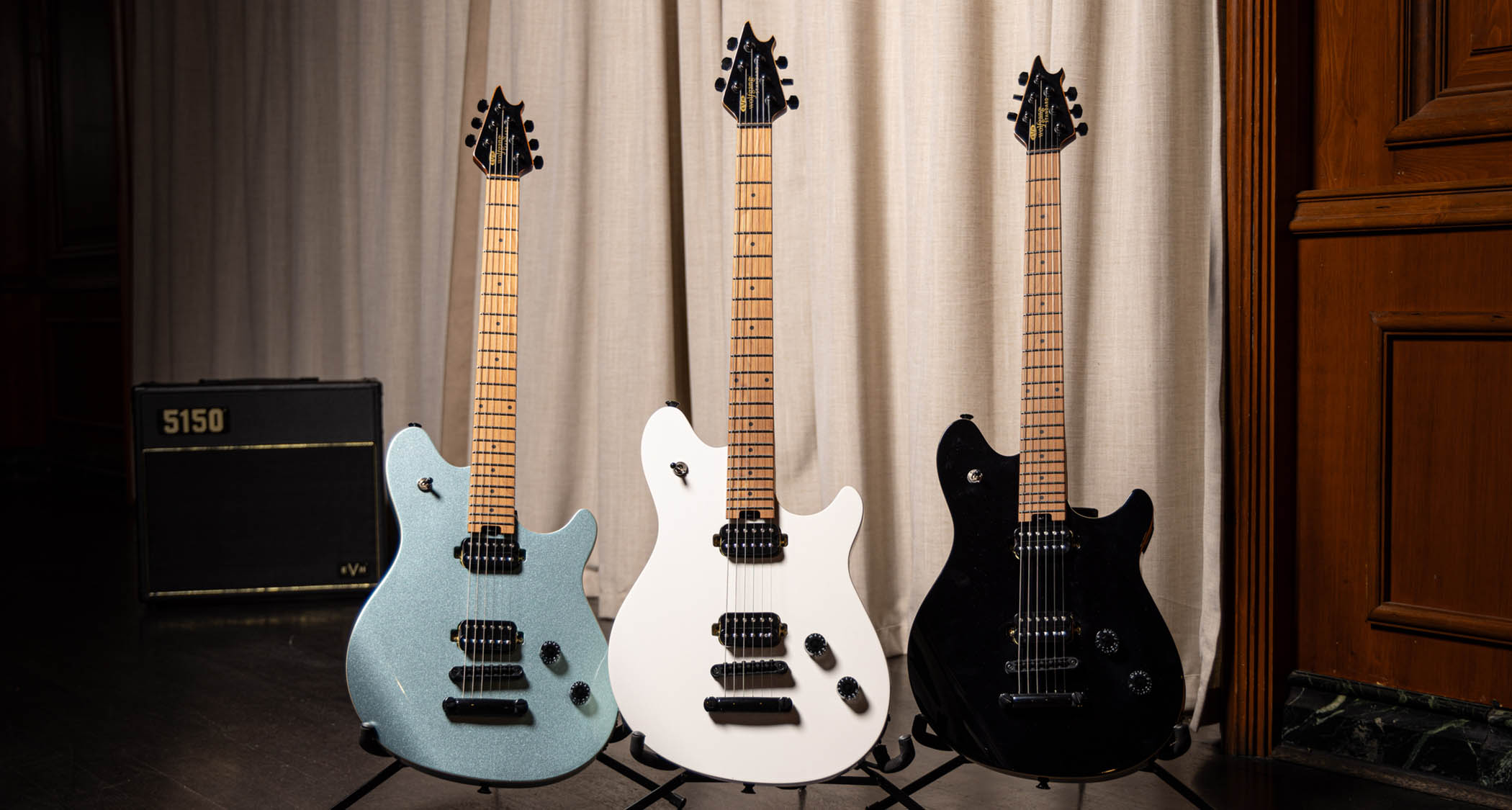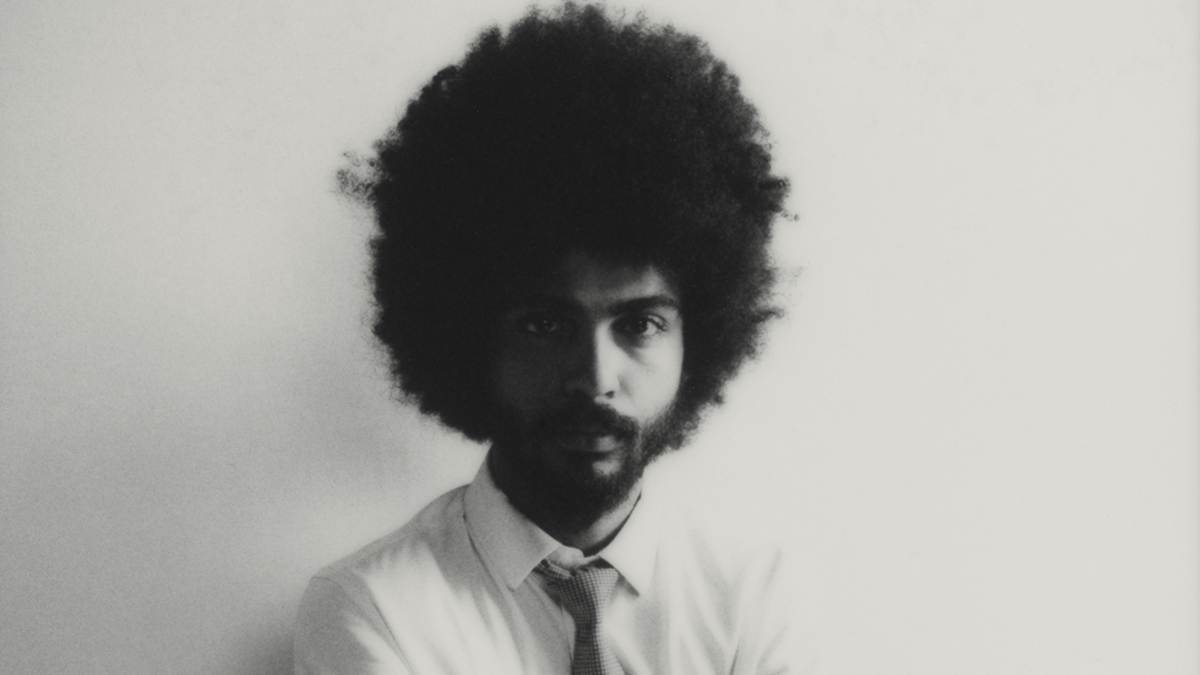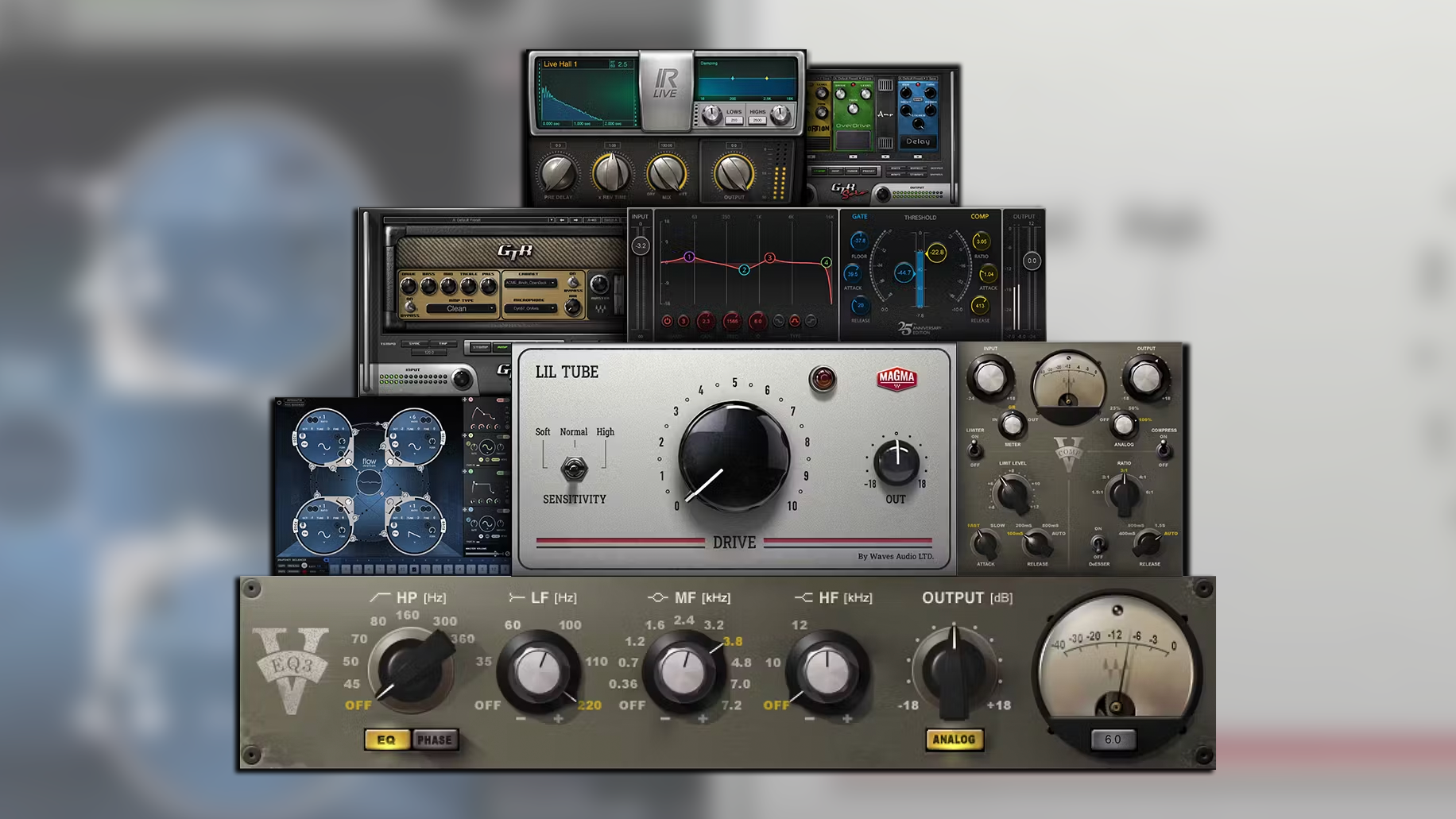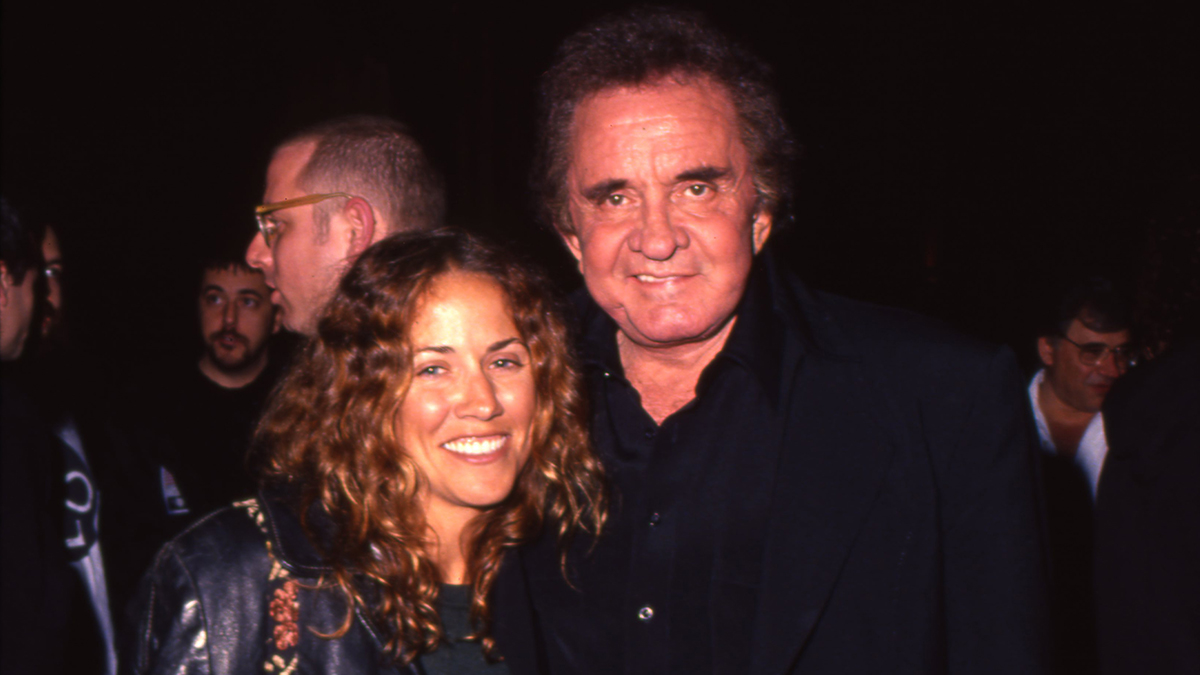“For most of the songs, you need old, dead strings for sure, or else it does not sound right”: Nick Baxter reveals the setup secrets and custom Gibson acoustics behind Timothée Chalamet’s tone in Bob Dylan biopic A Complete Unknown
Playing Dylan onscreen is all about authenticity and as executive music producer, Baxter could count on Gibson's help to ensure Chalamet had the right tool for the job
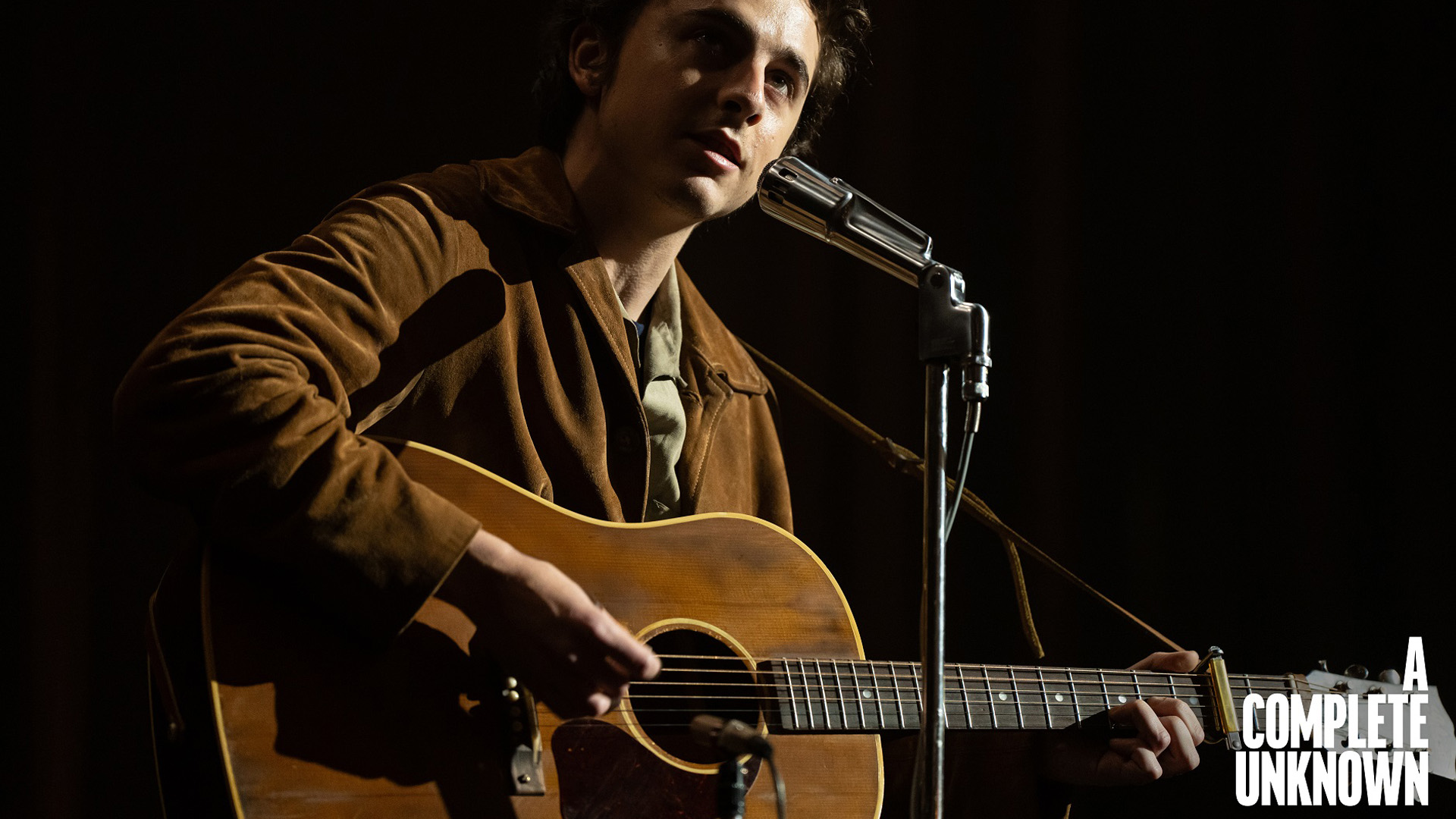
Nick Baxter, the executive music producer of forthcoming Bob Dylan biopic, A Complete Unknown, starring Timothée Chalamet in the lead role, has revealed how they nailed Dylan’s tone for the film – with a little help from Gibson and its team of luthiers.
It was a tall order. Not only would Chalamet have to look like a young Bob Dylan, he had to sound like him, too.
Speaking to the Gibson Gazette, executive music producer Baxter says it was all about the details, not just in using period-correct guitars but having them set-up just as Dylan would have back in the day.
The production demanded aged acoustic guitars. It needed aged acoustic guitar strings, too, because it’s not as though Dylan rocked up to the Greenwich Village folk scene with a tin of Fast-Fret and a fresh pack of 80/20 bronze.
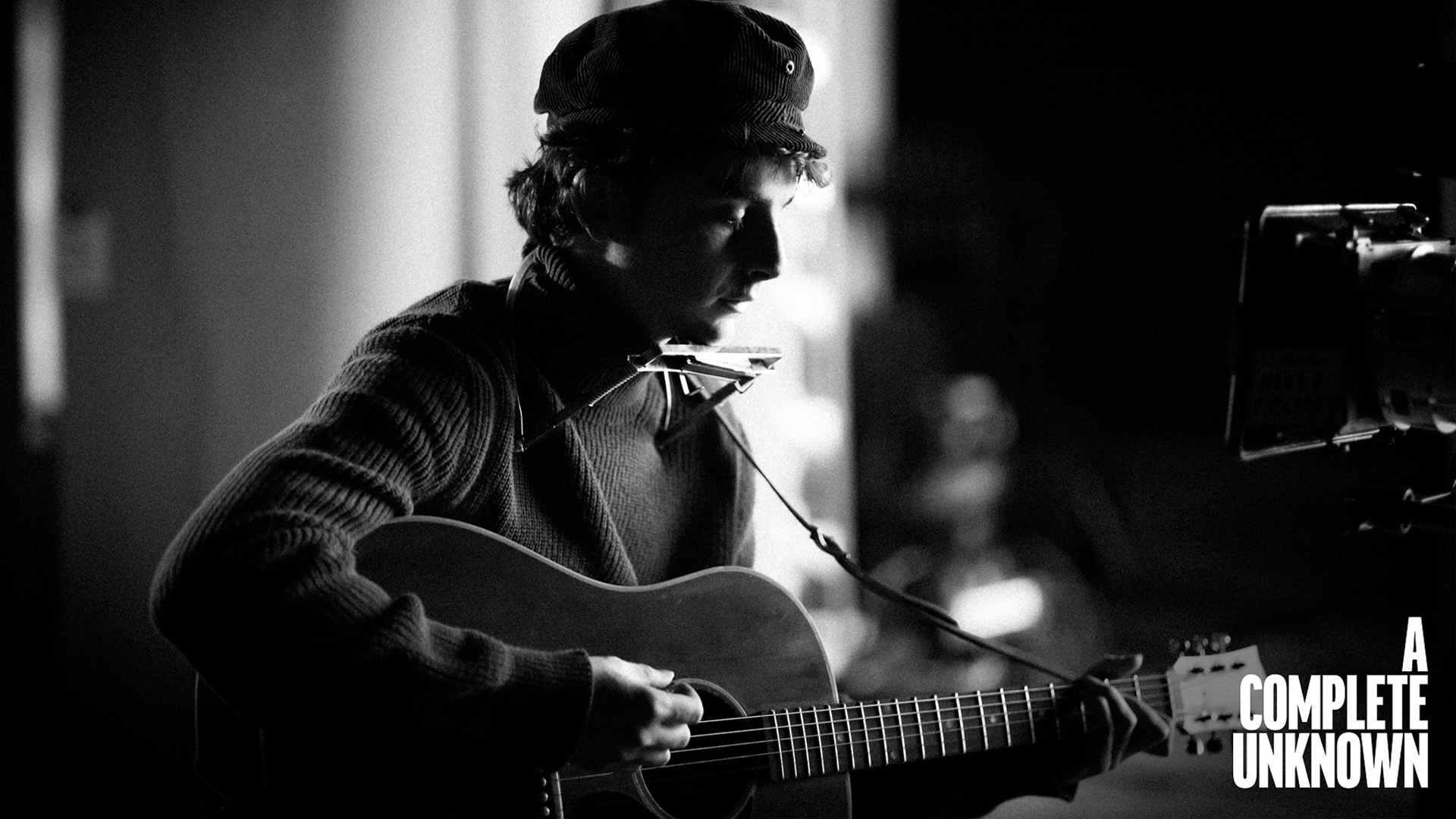
“A lot of the time it was about how we get the guitar to sound almost worse, in a way,” said Baxter. “For most of the songs, you need old, dead strings for sure, or else it does not sound right. And a lot of times on these recordings there’s just a sort of dead quality to the guitar. It’s not super-resonant.
“That’s not to say it’s not good; there’s a really cool feeling to a guitar when it’s dead in that way. You can attack it differently. It sort of emotes differently. But recreating that was a challenge.”
Dylanologists will be paying close attention. So too vintage acoustic buffs. We all know what can happen to vintage acoustics on a film set.
Get the MusicRadar Newsletter
Want all the hottest music and gear news, reviews, deals, features and more, direct to your inbox? Sign up here.
During the shoot for Quentin Tarantino’s 2015 western The Hateful Eight, Kurt Russell famously smashed a holy grail Martin parlour acoustic. It was 145 years young, on loan from the Martin Guitar Museum, and it was meant to be swapped out for a double.
Dylan was no Pete Townshend. He was no Kurt Russell. He sublimated his anger in verse. But even so, you can’t take chances. Gibson supplied a pair of replica J-50s to stand in for Dylan’s 1947 original. One of which is pictured at the top of the page.
Robi Johns, senior product development manager, Gibson Acoustic Guitars, lent his considerable expertise to the production. In a sense, the story of Gibson's acoustics and their place in music history is being told as Dylan's story unfolds.
“As many Gibson acoustic guitars played a timely role in American music history our supportive mission was to carefully select the Gibson acoustics that Bob Dylan chose to play during his powerful presence in the 1960s,” said Johns. “To achieve this with historical accuracy, we also recreated a few of Bob’s acoustic guitars for the timeframe depicted in the movie."
“Those guitars were great, and they got even better over time,” said Baxter. “We had those two on set and used them for a lot of the recordings. We had those two on set and used them for a lot of the recordings. We really did try to follow the progression of his guitars; we wanted to honour that.
“A little less than halfway through the film, we switched to a Nick Lucas Special, which Gibson provided as well. It’s a very different guitar to the J-50, a much smaller body, almost parlour-style.”
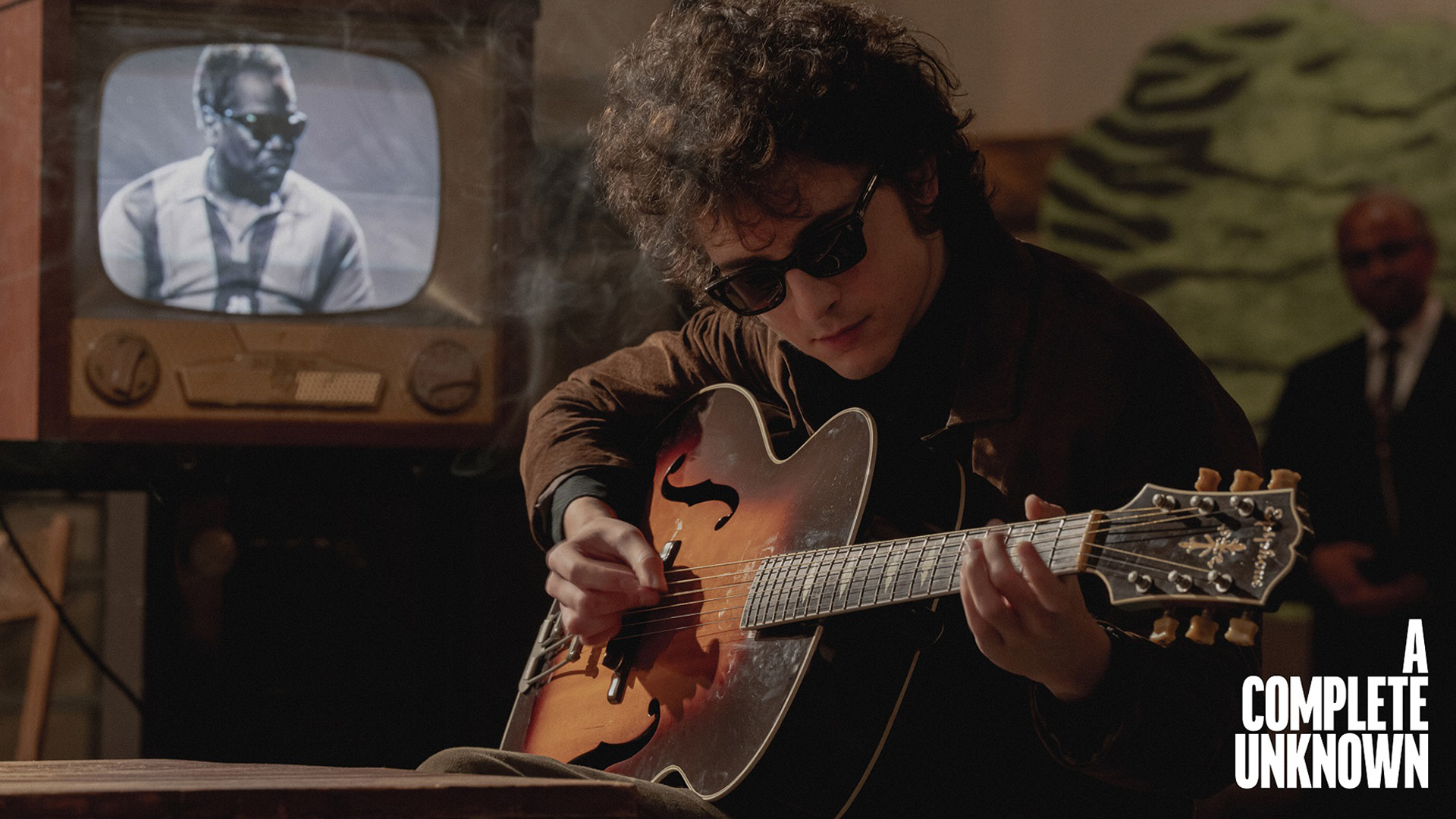
Gibson also sent a few J-45 round-shouldered dreadnoughts, one of which Baxter would keep in an open tuning, using a bit of tape to deaden the sound a little. It would be a useful pinch-hitter.
It feels like he’s creating in the moment as you don’t want to over-rehearse for some of these scenes
All of these guitars were set up with aged strings and ready to play. Chalamet and the rest of the cast had to perform this early Dylan material and it had to sound convincing, which meant it had to occasionally sound like a work in progress. Baxter says they learned it a little too well at times. This is the story of Dylan coming of age as an artist; Baxted needed Chalamet and co to be a little rough around the ages.
“It feels like he’s creating in the moment as you don’t want to over-rehearse for some of these scenes,” says Baxter. “For example, there’s a Blowin’ in the Wind duet in the movie between Bob and Joan Baez [played by Monica Barbaro], which is one of the many unique duets that we put together that there’s no real analogue for.
“What if these two people were in a room together, and they played this song? What would have happened? We didn’t really want to rehearse it with the two of them together too much, if at all. When we finally did it on set, there was that first-time rawness to it.”
Baxter had an abundance of source material to draw upon. He had Dylan’s recorded work. There is archive footage. But having access to the original multi-track recordings gave him an understanding of how to engineer the recordings, and once more how to give the sound that lived-in quality. He had some microphones for recording, Neumann tube mics, nice stuff. A little too nice.
“If you put them in front of a guitar, it sounds incredible – it could be on a pop song today – but that’s not the sound!” said Baxter. Again, he had to find something to deaden them with.
When we see Chalamet playing live, Baxter assures us he really is playing live, like when he, as Dylan, takes receipt of Johnny Cash’s SJ-200, the super jumbo again supplied by Gibson and takes to the stage. “That’s Timmy live on set, really singing and really playing that guitar,” said Baxter.
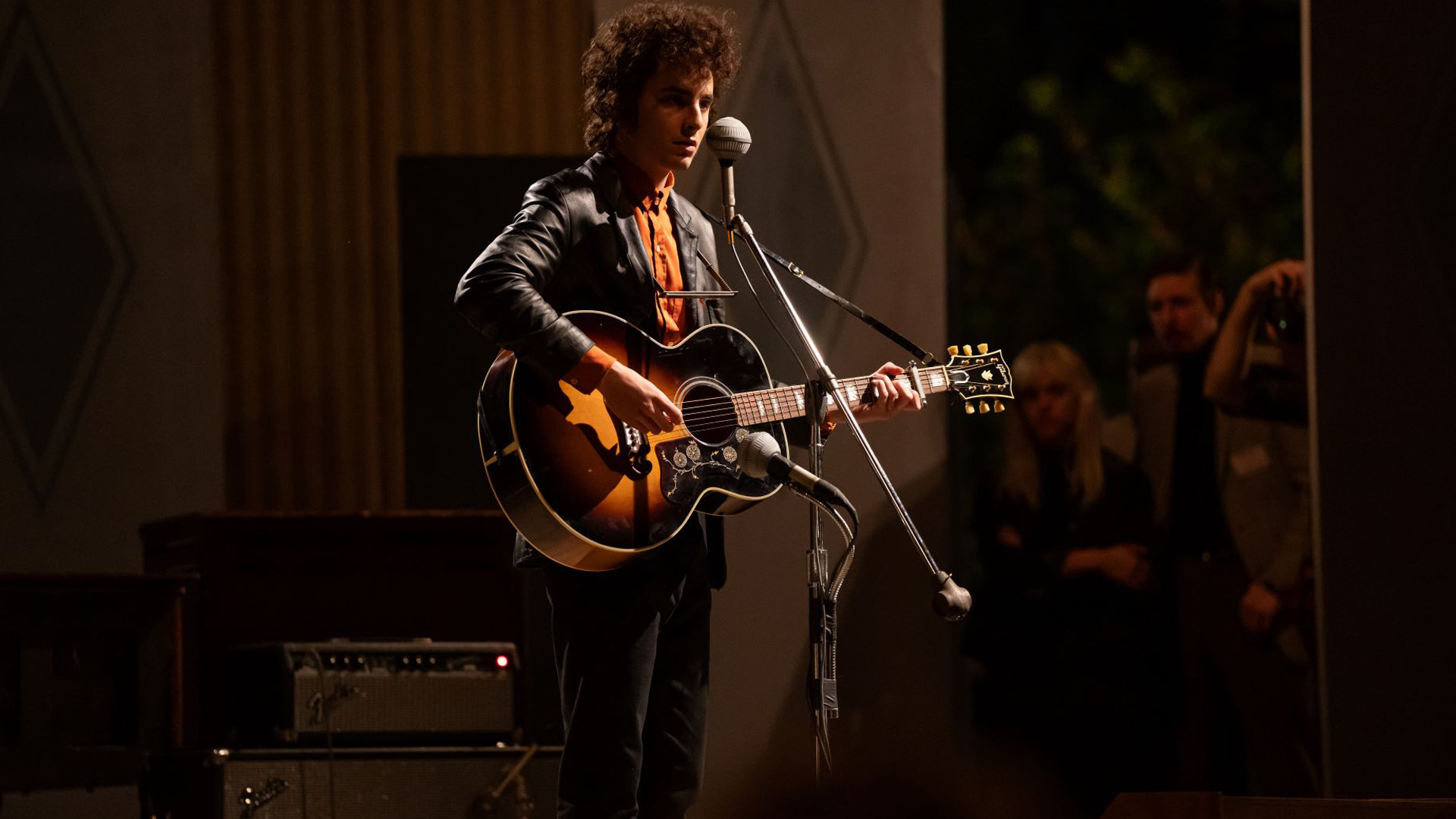
From 19 December through January, visitors to the Gibson Garage in Nashville will be able to view some of these guitars for themselves.
If you are of a mind to buy one of them, well, Gibson has curated a collection of these high-end acoustic guitars. There’s a catch, though. You’ll have to age the strings yourself. A Complete Unknown: The Collection can be viewed at Gibson.
A Complete Unknown opens on 25 December in the US, 17 January in the UK and Ireland.
Jonathan Horsley has been writing about guitars and guitar culture since 2005, playing them since 1990, and regularly contributes to MusicRadar, Total Guitar and Guitar World. He uses Jazz III nylon picks, 10s during the week, 9s at the weekend, and shamefully still struggles with rhythm figure one of Van Halen’s Panama.



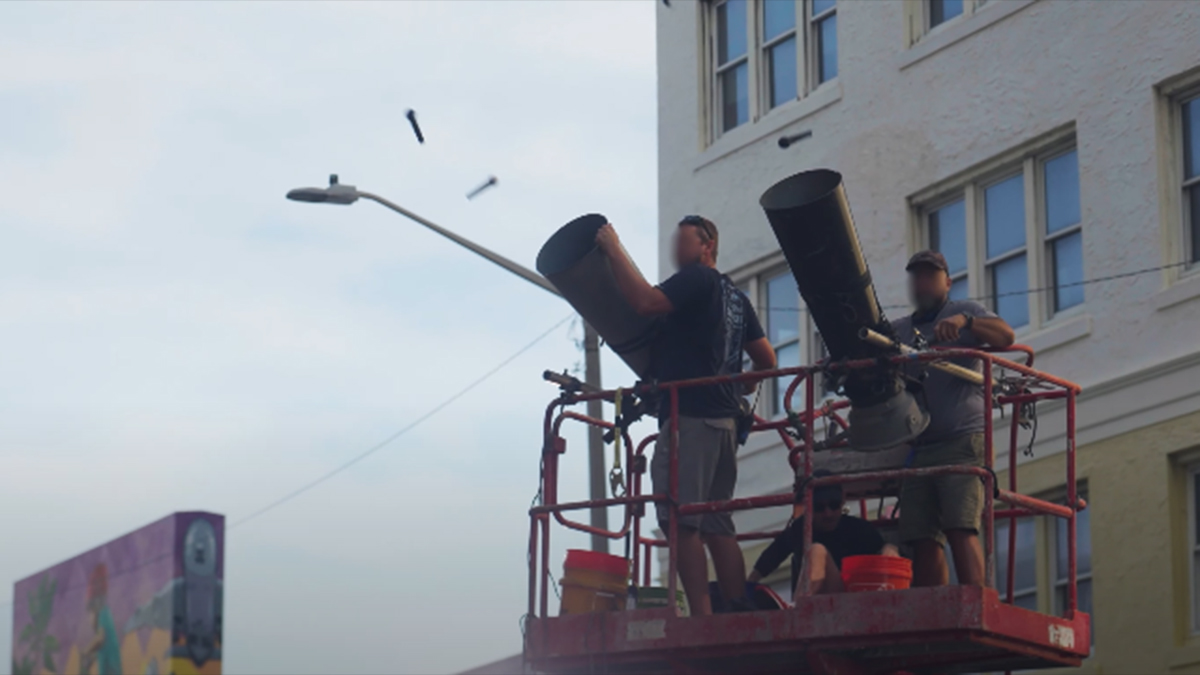
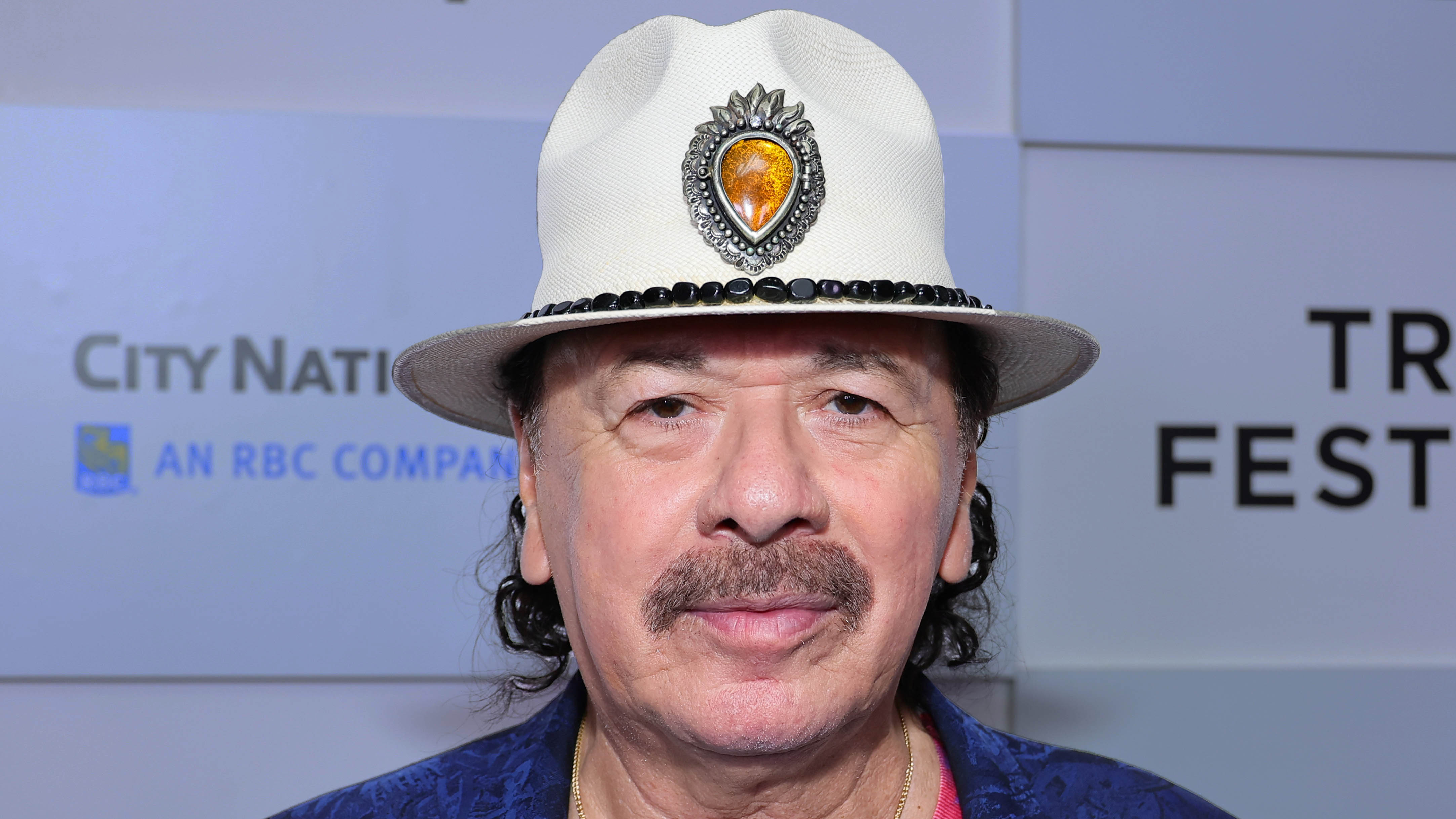
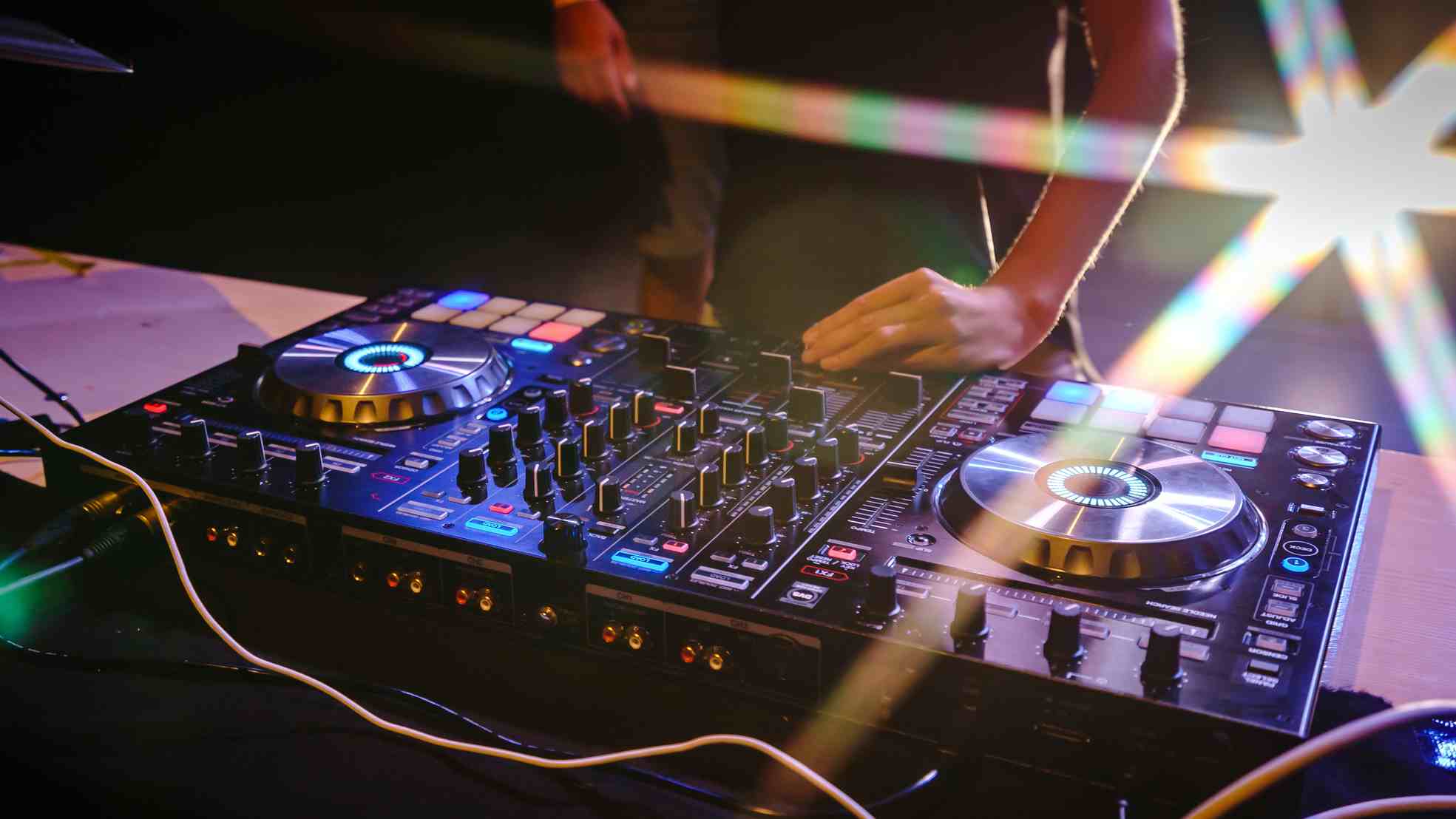
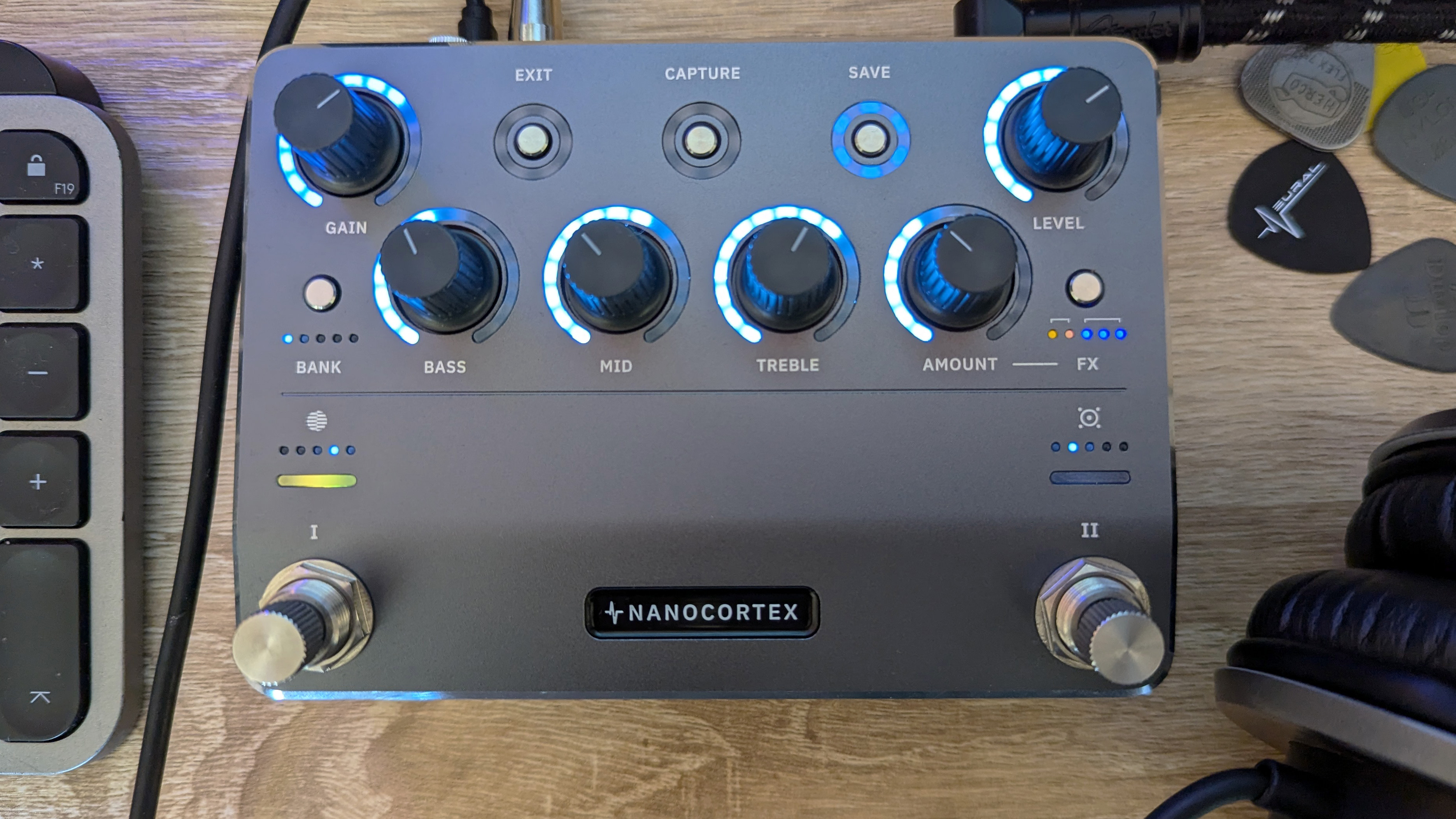
![Gretsch Limited Edition Paisley Penguin [left] and Honey Dipper Resonator: the Penguin dresses the famous singlecut in gold sparkle with a Paisley Pattern graphic, while the 99 per cent aluminium Honey Dipper makes a welcome return to the lineup.](https://cdn.mos.cms.futurecdn.net/BgZycMYFMAgTErT4DdsgbG.jpg)
